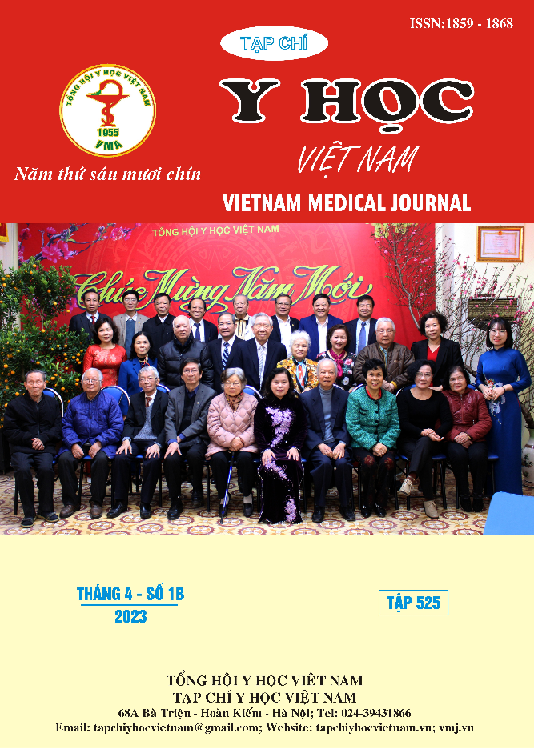EFFICACY AND SAFETY OF CATHETER ABLATION OF ATRIOVENTRICULAR NODAL RE-ENTRANT TACHYCARDIA IN THE ELDERLY
Main Article Content
Abstract
Background: Atrioventricular nodal re-entrant tachycardia (AVNRT) is the most popular form of paroxysmal supraventricular tachycardia. This arrhythmia is usually observed in the youngers and catheter ablation is a proved treatment with many evidence from prior studies. However, in the elderly with AVNRT, it has a tendency to postpone the procedure due to considering about both of safety and efficacy. Objectives: To identify the safety as well as efficacy of catheter ablation of AVNRT in the elderly compare to the youngers. Subjects and methods: Consecutive study including 72 patients over 60 year olds and 135 younger ones. They were studied in the electrophysiology lab in University Medical Center from 1/2017 to 12/2020. Results: Total procedure duration and fluoroscopy exposure time were higher significantly in the elderly group. It took more RF pulses for successful slow pathway ablation. However, the overall success and recurrence rates were similar between two groups. Several complications were noted during and post operation including hematoma (1.4% vs 0%), vagal response (0% vs 1.5%), transient complete atrioventricular block (1.4% vs 0.7%) and pacemaker implantation (1.4% vs 0%). There was no statistical significance among two groups. Conclusion: Catheter ablation of AVNRT should be considered as a safe and efficient method of treatment in the elderly.
Article Details
Keywords
AVNRT, ablation, elderly, safety, efficacy.
References
2. Yangni N’Da’ O. and B. Brembilla-Perrot, (2008), “Clinical characteristics and management of paroxysmal junctional tachycardia in the elderly”. Archives of Cardiovascular Diseases, 101(3): p. 143-148.
3. Alihanoglu, Y.I., et al., Clinical and Electrophysiological Characteristics of Typical Atrioventricular Nodal Reentrant Tachycardia in the Elderly–Changing of Slow Pathway Location With Aging–. 2015: p. CJ-14-1320.
4. Choi, S., et al., Slowing down as we age: aging of the cardiac pacemaker’s neural control. GeroScience, 2022. 44(1): p. 1-17.
5. Yangni N’Da’, O. and B. Brembilla-Perrot, Clinical characteristics and management of paroxysmal junctional tachycardia in the elderly. Archives of Cardiovascular Diseases, 2008. 101(3): p. 143-148.
6. Rostock, T., et al., Efficacy and safety of radiofrequency catheter ablation of atrioventricular nodal reentrant tachycardia in the elderly. J Cardiovasc Electrophysiol, 2005. 16(6): p. 608-10.
7. Hoffmann, B.A., et al., Ablation of atrioventricular nodal reentrant tachycardia in the elderly: results from the German Ablation Registry. Heart Rhythm, 2011. 8(7): p. 981-7.


